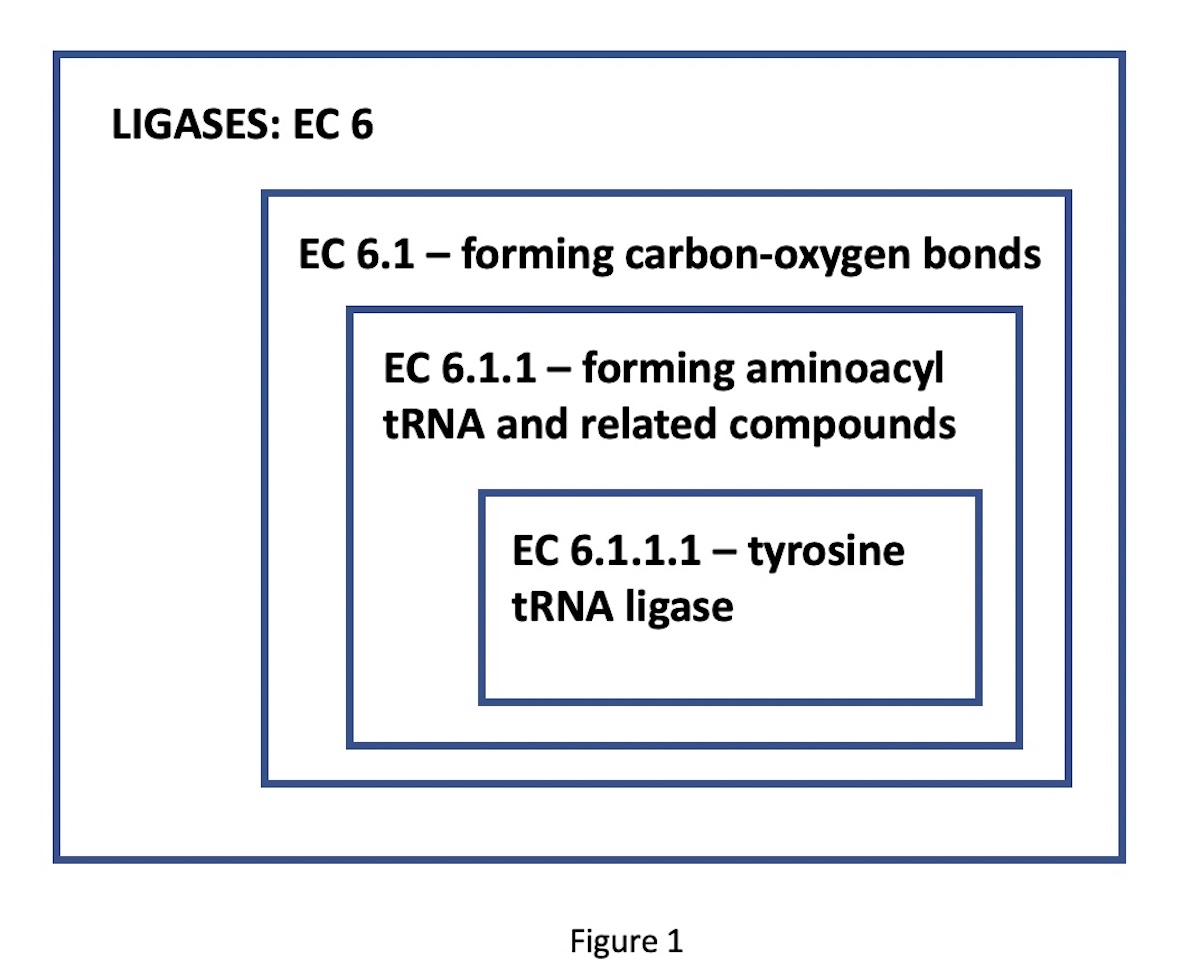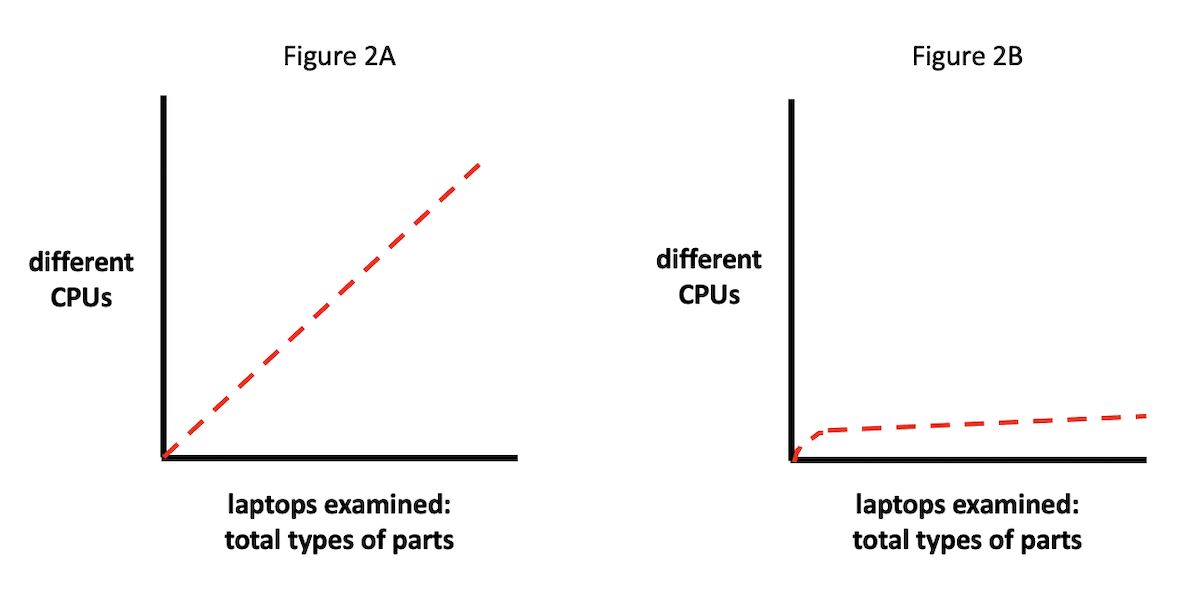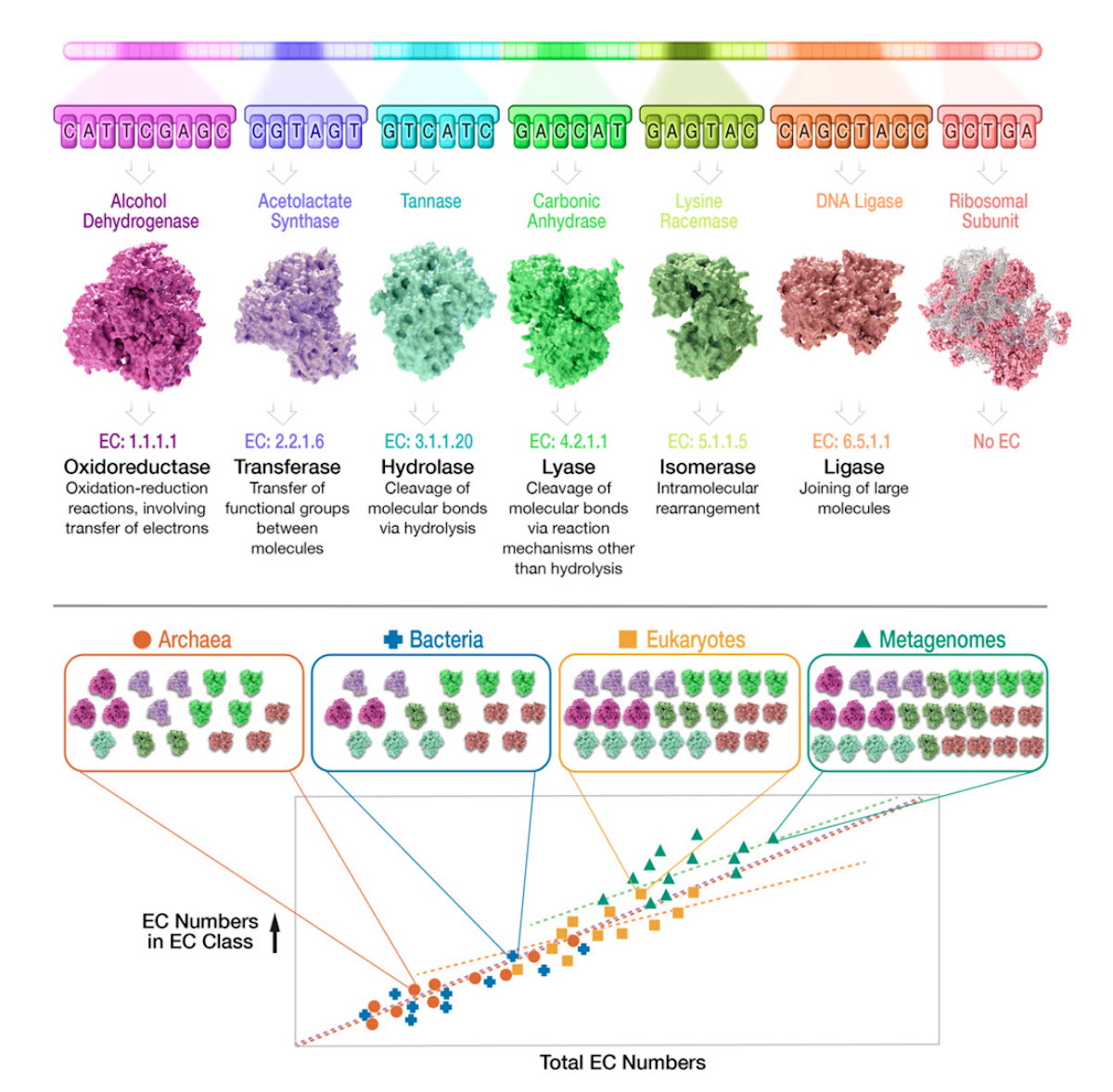SETI Activists Still Don’t Get the Irony
SETI is on a roll again. The Search for Extra-Terrestrial Intelligence oscillates in popularity although it has rumbled on since the 1970s like a carrier tone, waiting for a spike to stand out above the cosmic noise. Instrument searches are largely automated these days. Once in a while somebody raises the subject of SETI above the hum of scientific news. The principal organization behind SETI has been busily humming in the background but now has a message to broadcast.
The SETI Institute announced that the Very Large Array (VLA) in New Mexico has been outfitted to stream data for “technosignature research.” Technosignatures are the new buzzword in SETI. Unlike the old attempts to detect meaningful messages like How to Serve Man, the search for technosignatures involves looking for “signs of technology not caused by natural phenomena.” Hold that thought for later.
COSMIC SETI (the Commensal Open-Source Multimode Interferometer Cluster Search for Extraterrestrial Intelligence) took a big step towards using the National Science Foundation’s Karl G. Jansky Very Large Array (VLA) for 24/7 SETI observations. Fiber optic amplifiers and splitters are now installed for all 27 VLA antennas, giving COSMIC access to a complete and independent copy of the data streams from the entire VLA. In addition, the COSMIC system has used these links to successfully acquire VLA data, and the primary focus now is on developing the high-performance GPU (Graphical Processing Unit) code for analyzing data for the possible presence of technosignatures. [Emphasis added.]
A “Golden Fleece Award”
Use of government funding for SETI has been frowned on ever since Senator William Proxmire gave it his infamous “Golden Fleece Award” in 1979, and got it cancelled altogether three years later. The SETI Institute learned from that shaming incident to conceal its aims in more recondite jargon, and “technosignatures” fills the bill nicely. So how did they succeed in getting help from the National Radio Astronomy Observatory (NRAO) to use a government facility? Basically, it’s just a data sharing arrangement. COSMIC will not interfere with the VLA’s ongoing work but will tap into the data stream. With access to 82 dishes each 25 meters linked by interferometry, this constitutes a data bonanza for the SETI Institute — the next best thing to Project Cyclops that riled Proxmire with its proposed 1,000 dishes costing half a billion dollars back at a time when a billion dollars was real money.
Another method that the SETI Institute is employing is looking for laser pulses over wide patches of the night sky. Last year, the institute announced progress in installing a second LaserSETI site at the Haleakala Observatory in Hawaii with the cooperation of the University of Hawaii. The first one is at Robert Ferguson Observatory in Sonoma, California. No tax dollars are being spent on these initiatives.
Initial funding for LaserSETI was raised through a crowdfunding campaign in 2017, with additional financing provided through private donations. The plan calls for ten more instruments deployed in Puerto Rico, the Canary Islands, and Chile. When this phase is complete, the system will be able to monitor the nighttime sky in roughly half of the western hemisphere.
Unprecedented Searches
This brings up another reason for growing SETI news: technological advancements are making possible unprecedented searches. “Each LaserSETI device consists of two identical cameras rotated 90 degrees to one another along the viewing axis,” they say. “They work by using a transmission grating to split light sources up into spectra, then read the camera out more than a thousand times per second.” This optical form of search differs from the traditional radio wave searches of the past, and is once again a hunt for technosignatures.
Writing for Universe Today, Evan Gough connected the search for biosignatures, such as microbes being sought by Mars Rovers, with technosignatures being sought by the SETI Institute.
The search for biosignatures is gaining momentum. If we can find atmospheric indications of life at another planet or moon — things like methane and nitrous oxide and a host of other chemical compounds — then we can wonder if living things produced them. But the search for technosignatures raises the level of the game. Only a technological civilization can produce technosignatures.
NASA has long promoted the search for biosignatures. Its Astrobiology programs that began with the Mars Meteorite in 1997 have continued despite later conclusions that the structures in the rock were abiotic. In the intervening years, astrobiology projects have been deemed taxpayer worthy, but SETI projects have not. That may be changing. Marina Koen wrote for The Atlantic in 2018 that the search for technosignatures has gained a little support in Congress, boosted by the discovery of thousands of exoplanets from the Kepler Mission. SETI Institute’s senior astronomer Seth Shostak has become friends with one congressman.
“Kepler showed us that planets are as common as cheap motels, so that was a step along the road to finding other life because at least there’s the real estate,” says Shostak. “That doesn’t mean there’s any life there, but at least there are planets.”
Decadal Survey on Astronomy
Gough mentions the Decadal Survey on Astronomy, named Astro2020, that was released in 2021 from the National Academies of Sciences (NAS). It contained initiatives that could overlap astrobiology with SETI by extending searches for biosignatures to searches for technosignatures. Worded that way, they don’t seem that far apart. One white paper specifically linked the two:
The Astro2020 report outlines numerous recommendations that could significantly advance technosignature science. Technosignatures refer to any observable manifestations of extraterrestrial technology, and the search for technosignatures is part of the continuum of the astrobiological search for biosignatures (National Academies of Sciences 2019a,b). The search for technosignatures is directly relevant to the “World and Suns in Context” theme and “Pathways to Habitable Worlds” program in the Astro2020 report. The relevance of technosignatures was explicitly mentioned in “E1 Report of the Panel on Exoplanets, Astrobiology, and the Solar System,” which stated that “life’s global impacts on a planet’s atmosphere, surface, and temporal behavior may therefore manifest as potentially detectable exoplanet biosignatures, or technosignatures” and that potential technosignatures, much like biosignatures, must be carefully analyzed to mitigate false positives. The connection of technosignatures to this high-level theme and program can be emphasized, as the report makes clear the purpose is to address the question “Are we alone?” This question is also presented in the Explore Science 2020-2024 plan1 as a driver of NASA’s mission.
The most likely technosignature that could be seen at stellar distances, unfortunately for the SETI enthusiasts, would have to be on the scale of a Dyson Sphere: a theoretical shield imagined by Freeman Dyson that collects all the energy from a dying star by a desperate civilization trying to preserve itself from a heat death (see the graphic in Gough’s article). The point is that such a “massive engineering structure” would require the abilities of intelligent beings with foresight and planning much grander than ours.
Hunting for technosignatures is less satisfying than “Contact” — it lacks the relationship factor. It’s like eavesdropping instead of conversing. We can only wonder what kind of beings would make such things. Maybe the signatures are like elaborate bird nests, interesting but instinctive. Worse, maybe the signatures have a natural explanation we don’t yet understand.
A unique feature of intelligent life, SETI enthusiasts often assume, is the desire to communicate. We’ll explore that angle of SETI next time.
/media/img/posts/2019/03/Screen_Shot_2019_03_06_at_11.54.12_AM/original.png)


